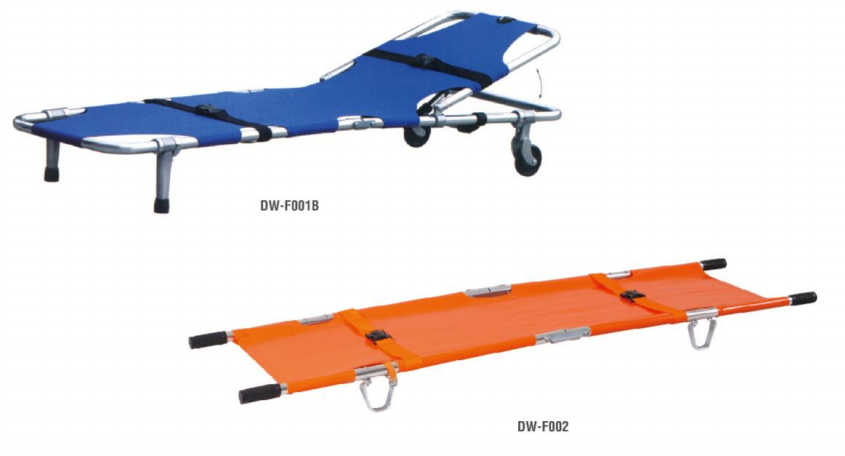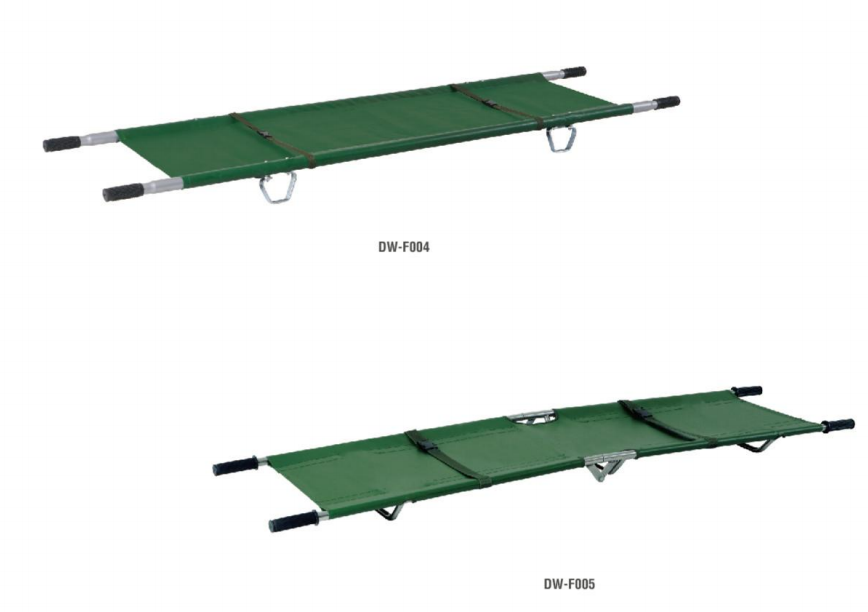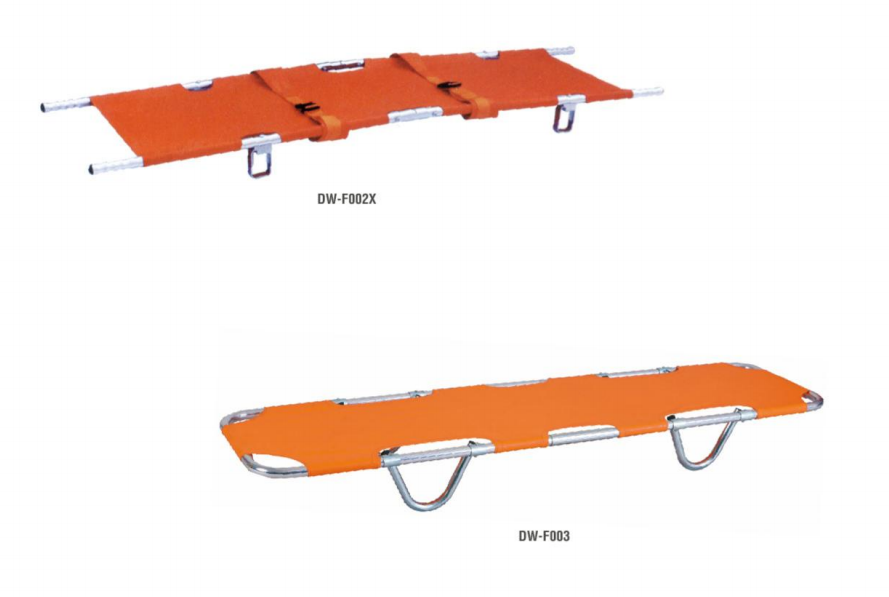Lightweight Folding Stretcher Design: Concept and Features
The design of the lightweight folding stretcher purposed the spacing and ease of storage. These stretchers are manufactured from low-density materials like aluminum or high strength polymers, which decreases the burden on the medical personnel during transport. Their folding design makes it easy for them to be stored in compact spaces when not in use, enhancing their suitability for mobile medical units and disaster relief teams, among other applications that have strict weight and space limitations, without compromise on strength and functionality.
Get A Quote


